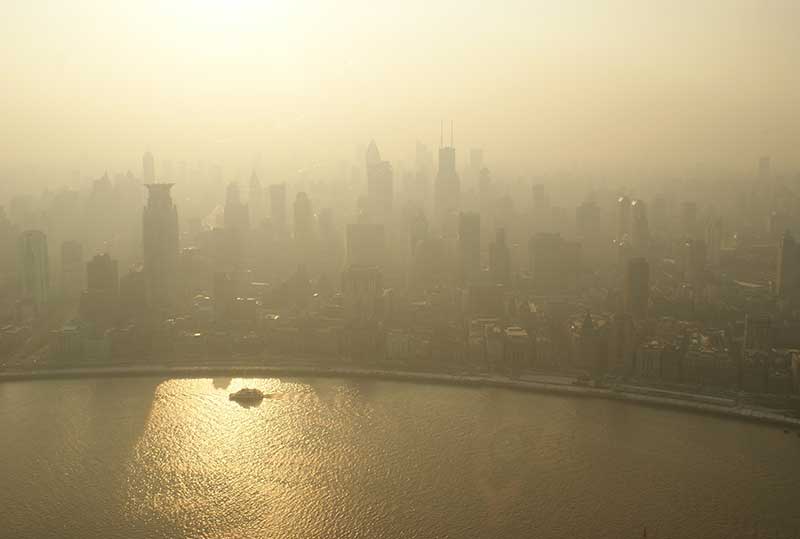
Air pollution has a severe impact on mental health, according to new research from the University of Washington.
While we’re all aware of the link between toxic air and respiratory disease, this new research suggests that there’s also a psychological component to be taken into consideration.
Looking at responses to questions pertaining to mental health from 6,000 respondents from a United States national, US longitudinal study, the researchers merged an air pollution database with records corresponding to the neighborhoods of each of the 6,000 people.
According to a media release:
“The team zeroed in on measurements of fine particulate matter, a substance produced by car engines, fireplaces and wood stoves, and power plants fueled by coal or natural gas. Fine particulate matter (particles less than 2.5 micrometers in diameter) is easily inhaled, can be absorbed into the bloodstream and is considered of greater risk than larger particles. (To picture just how small fine particulate matter is, consider this: The average human hair is 70 micrometers in diameter.)”
The researchers, after controlling for other physical, behavioral and socioeconomic factors that can influence mental health, found that as the amount of fine particulate matter in the air increases, levels of psychological distress also increase.
The study is the first of its kind, and the results were published in the November issue of Health & Place.
Why air pollution impacts mental health was beyond the scope of the study, but Anjum Hajat, an assistant professor of epidemiology in the UW School of Public Health, said, “This is really setting out a new trajectory around the health effects of air pollution. The effects of air pollution on cardiovascular health and lung diseases like asthma are well established, but this area of brain health is a newer area of research.”
Scientists are also currently examining the connections between toxic air and obesity, diabetes and dementia.
This probably comes as no surprise to those in the spa and wellness industry – though some would argue that the real threat isn’t outside air but inside air. Last year the Global Wellness Institute identified wellness architecture as one of 8 Wellness Trends for 2017 – and Beyond. This trend includes monitoring indoor pollution levels, and building with non-toxic materials.
At the 2016 Global Wellness Summit, experts on a wellness architecture panel discussed indoor air pollution, calling it a silent and deadly killer. And according to the GWI report, “Studies show that 14 times as many deaths now result from poor indoor air quality rather than outside air pollution. And indoor spaces, that got tightened up (around the 1980s), when buildings were sealed for energy efficiency, have become a toxic stew of CO2 and volatile organic compounds (VOCs) from furniture, paints, sealants and fabrics, that cause cancer, heart problems and lung disease.”
Outdoor pollution is also something that can be mitigated, Hajat points out, though this requires political will, and setting regulations.
In spa and wellness, we can encourage guests to get outside, and set examples with our own clean environments.
Spa Executive magazine is published by Book4Time, the world’s most innovative spa, salon, wellness, and activity management software. Learn more at Book4Time.com



